2023 sees mixed results in first year of Columbus violence prevention initiatives
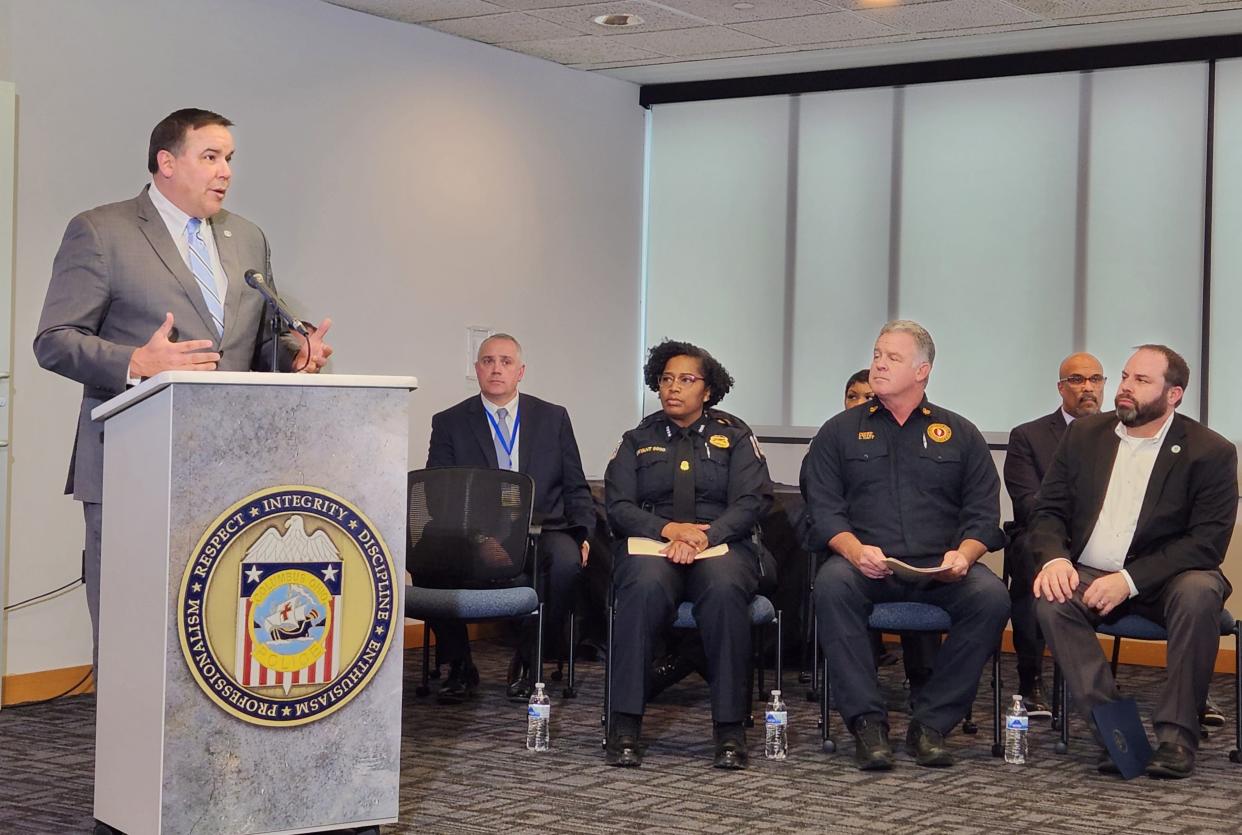
Five days into 2023, Mayor Andrew J. Ginther and safety officials stood in a conference room at Columbus police headquarters. They touted a 30% decline in homicides in the city in 2022.
"We've come a long way, but this is not a victory lap, and we are not resting on our laurels," Ginther said at the time. "We will not rest, and I will not yield until we are the safest big city in America."
Columbus recorded its third-deadliest year in the city's history in 2023, with 146 people killed as of Dec. 15, despite the much anticipated opening of the city's Office of Violence Prevention and group violence reduction efforts.
While the 146 deaths reported in 2023 in the first 350 days of the year were an overall 4% increase from 2022, there was an encouraging figure in the number of young people who were killed.
In 2022, 10% of the city's homicide victims were under the age of 18, and 33% were under the age of 21. Those numbers declined to 25% of homicide victims being under the age of 21 in 2023.
However, the deaths of people younger than 30, which accounted for 75 of the 146 deaths — or 51% of the total — are still a cause for concern. Another 1,012 people younger than 30 were identified as victims of felonious assaults, according to Columbus police data. That number includes 257 juveniles, including 95 children younger than 13.
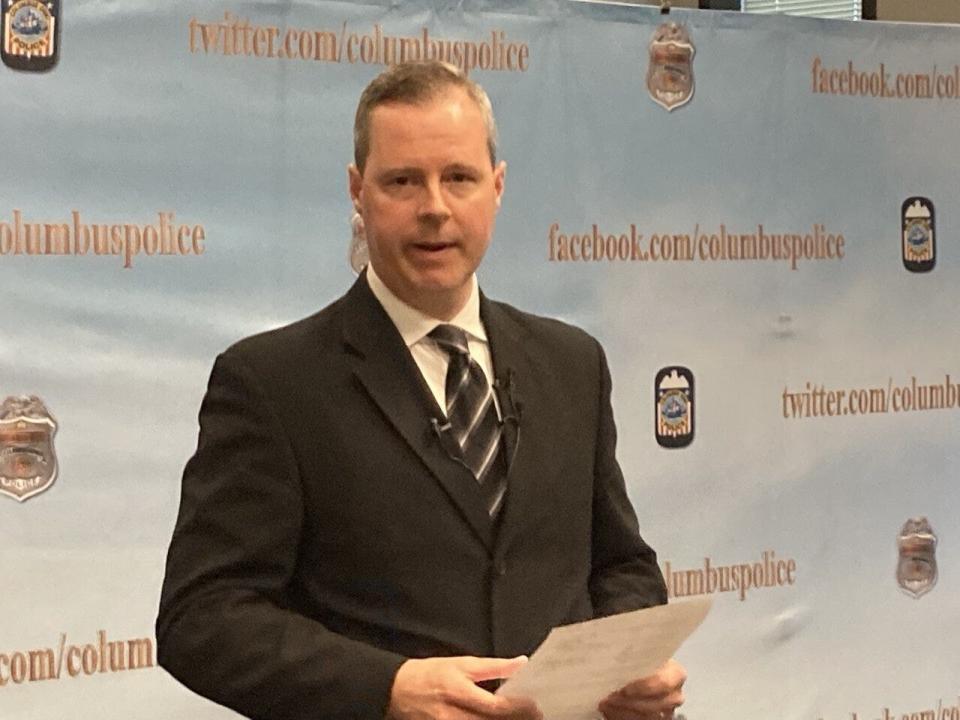
Columbus police Cmdr. Mark Denner, who oversees homicide and felony assault detectives, said there are many programs in place to reach out to young people and correct behavior, but there also has to be an element of individual and community accountability.
"There's other people that need to be a part of the conversation," Denner said. "Where is the family? What role does that play in them growing up? And education — what role does that play in shaping children?"
Police are also concerned about the number of youth involved in homicides and felonious assaults as suspects.
According to Columbus police data, 21 teenagers 13-17 became homicide suspects in 2023, and 146 children, including 17 under the age of 13, were identified as suspects in felonious assaults. Some of the homicide suspects may have also been identified as suspects in a felonious assault.
"It is always concerning when we have people that young who are involved in these types of crimes," Denner said. "There’s a system set up for them to hold them accountable. We have to correct that behavior. Everybody is trying to take measures, and what that will look like will be determined as we move into 2024."
Another 476 people ages 18-30 were identified as suspects in felonious assaults in 2023, as well as 83 homicide suspects in the same age range. Much of that violence, as much as 60 to 70%, is attributed to about .05% of the population, according to Molly Robbins, director of Columbus Violence Reduction.
The program is based on a model from the National Network for Safe Communities and focuses on providing targeted messaging, support and potential enforcement to the group of individuals most at risk for being involved in violence as a victim or a perpetrator, based on police information and intelligence.
80 hours: 50 guns confiscated, 10 people shot, more than 100 gunshots detected all in 80 hours
"They're not sitting back and waiting until something happens," Robbins said. "We're providing support on the front end. The law enforcement message is we know who you are, we know what you're doing and we don't want that to happen. We want you and your family members and the community members to be safe, healthy and out of prison."
The program, which focuses on young adults and not juveniles, involves a three-tiered approach, including a community moral voice — someone who can reach young people where they are and connect with them — as well as police and support services.
"Neighborhoods are not violent. People are violent," Robbins said. "Being a partner is saying folks understand the urgency of the needs of our participants. We don't want to overpromise and under-deliver. We want to underpromise and over-deliver. They have agreed to expedite resources, not because they're more important but because we're trying to reduce violence. They're willing to do things that are violent to meet their needs, so that support … is paramount."
Robbins said that because the program has a federal law enforcement component, adults are the target for CVR. Federal law does not allow for the prosecution of juveniles.
"If we are working to effect and impact change with the adult behavior, children and juveniles are watching and will follow suit," Robbins said.
The interventionists, currently a team of four with two more expected to join soon, and the support team have reached 65 of the 89 identified targets for the program, or 73%, Robbins said. Of those 65 people, 49 are meeting the goals of being safe, alive and out of prison.
"Generally speaking, that means they have not continued to be involved in violence," Robbins said. "Twenty-five percent didn't get the message and have already been enforced upon 16 out of the 65."
The resources provided to the 49 considered participants in the program include mental health counseling, food and housing assistance, job training, help with childcare and other resources.
"We know that most people living this lifestyle don't want to be living this lifestyle," Robbins said. "If given the opportunity and appropriate support, most people want to change. We're not surprised by the fact that most people are open to this message."
In 2024, the CVR program hopes to expand to help additional targets and see continued success with reduced violence. Columbus police are also hopeful to see the potential impact of the program.
"To see the impact might take some time, but it's encouraging to have people that care and reach out to people on that edge," Denner said.
"What I know about this work is that if it was done the way it's intended to be done, it's supposed to work," Robbins said. "We haven't done everything perfectly, don't get me wrong, but the prongs, the collaborative — it's been working well so far."
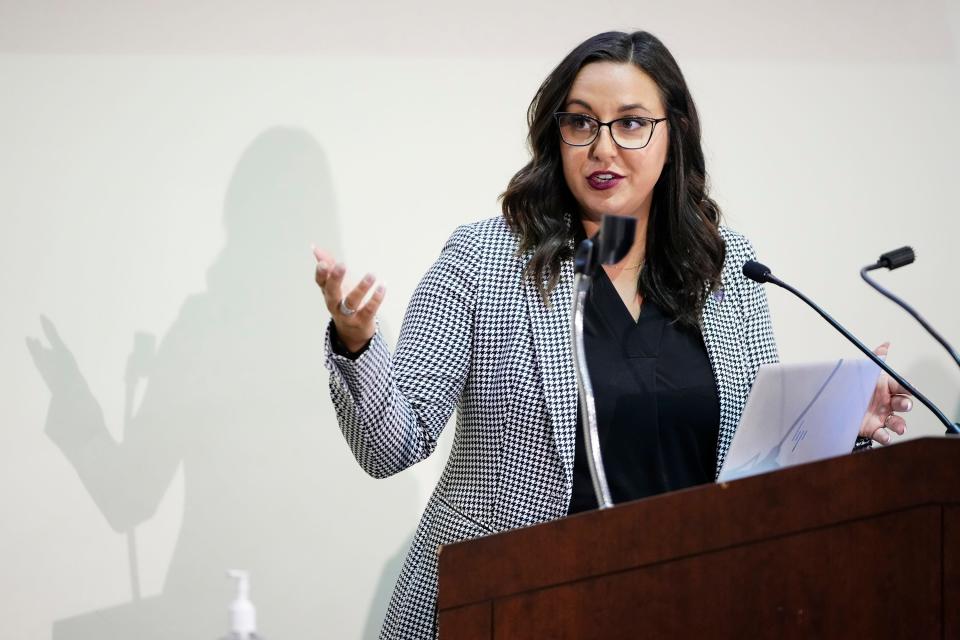
The CVR program also works with the Office of Violence Prevention, which began in 2023 with Mayor Andrew J. Ginther's appointed director, Rena Shak, and a team of community engagement coordinators.
The Dispatch sought an interview with a member of the staff or Shak for this story; however, the office said no one was available for an interview and answers could only be provided to questions in writing.
In the response, attributed to Shak and Deputy Director Joanne Lunceford, the office said much of the 2023 work of the Office of Violence Prevention has been establishing relationships and building the administrative framework for the office, as well as doing an inventory of what programs are in place across city departments and agencies.
"Working in silos creates an environment of fragmented and duplicative efforts, but working together under one cohesive strategy can remedy that. Producing a citywide strategy for combatting community violence will set us up for success in 2024 and beyond. Residents deserve safe neighborhoods, and our office is committed to making that happen," the office said in its statement.
The office partnered with Columbus police for a gun buyback program in September and recently provided $500,000 in funding to LSS Choices, a domestic violence shelter.
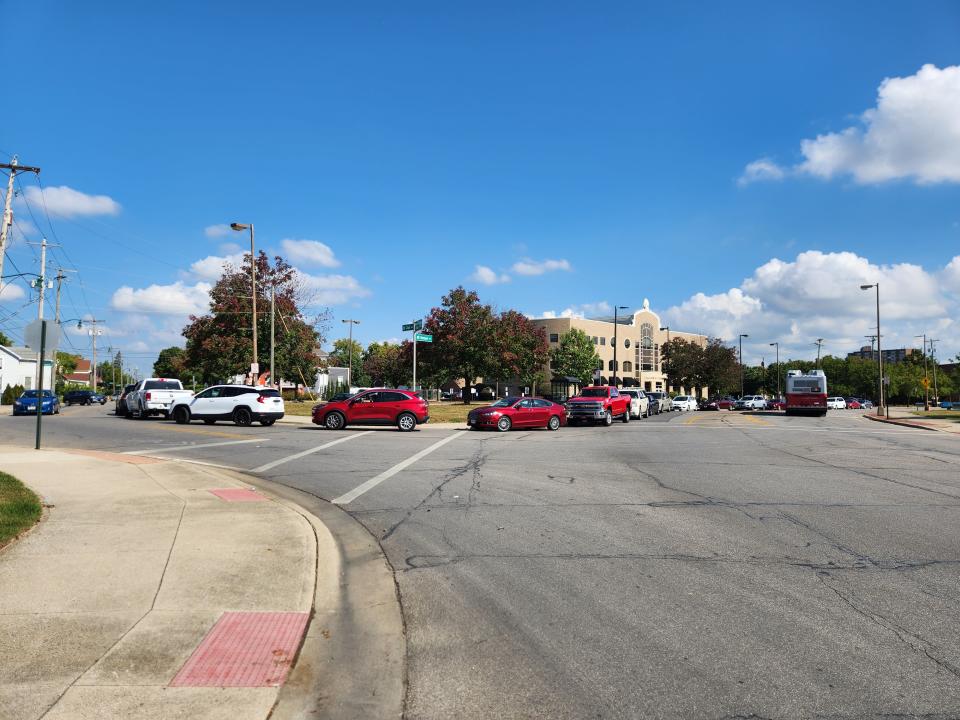
The Office of Violence Prevention hopes to create a "citywide strategy to combat violence in our neighborhoods that focuses on reducing homicides," rooted in "evidence-based violence prevention programming that produces measurable outcomes."
"Less than 500 people in our city commit over 50% of the violent crimes and acts," Shah and Lunceford said. "Research supports focusing on evidence-based violence prevention programming that targets this demographic to reduce homicides in a city significantly."
As the calendar turns into 2024, police are also hopeful that continued efforts and changes, including additional detectives, will help solve more cases. Denner said a goal for 2024 is to add more detectives to the felonious assault unit and find innovative ways to allow more cases to be solved.
"If we can drive these numbers down, I'm hopeful we can drive (homicide) numbers down, too," Denner said.
There is also hope that new technological tools like the Crime Gun Information Center, which began in 2023, will lead to additional case closures. Detectives have solved 27% of nonfatal shootings in 2023. Homicide detectives were also able to identify suspects in at least 23 cases from previous years.
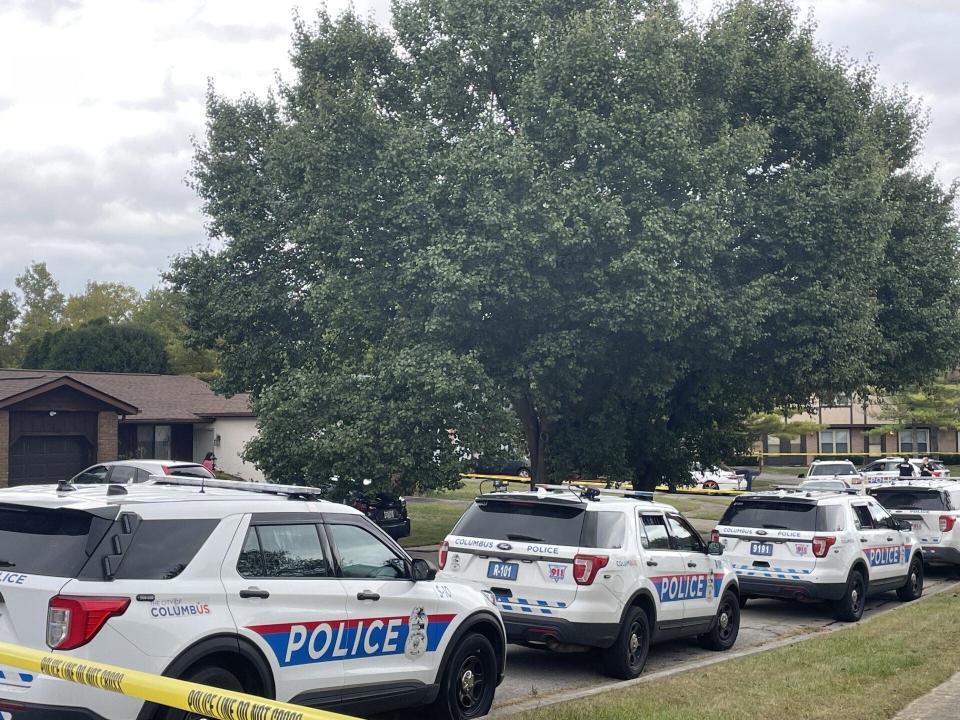
Prevention can be tricky, Denner said, because there are unique circumstances related to each case, particularly in domestic violence-related homicides. However, some types of homicides seen in 2023 could be prevented with better conflict resolution and refocusing on basic humanity.
In 2023, there were at least 20 road rage-related incidents, including one homicide, as well as 50 robberies, 13 of which resulted in a death.
"People are very quick to use a firearm instead of walking away, talking it out, finding some other way to solve that problem," Denner said. "There's so much more when you think about the decisions to use a firearm and the consequences that come from that. It is concerning and I don't know, hopefully, people might make better decisions in 2024."
bbruner@dispatch.com
@bethany_bruner
This article originally appeared on The Columbus Dispatch: First year of Columbus violence prevention efforts sees mixed results

